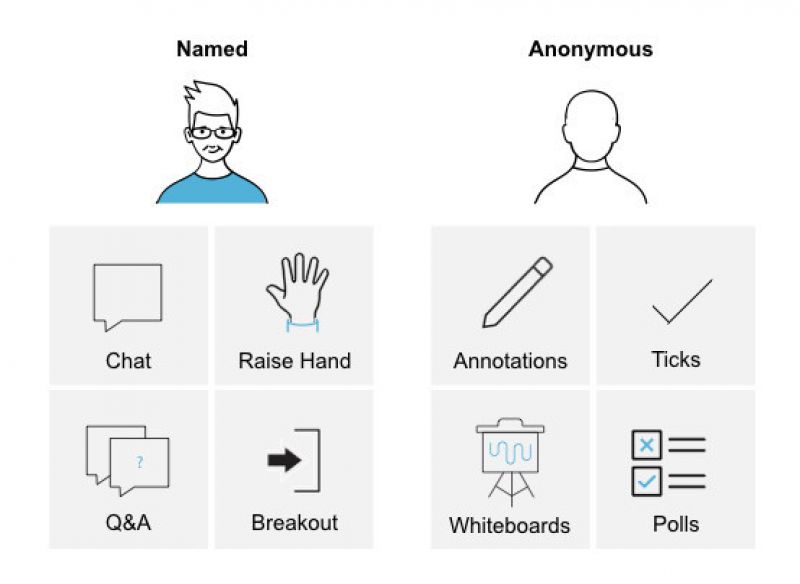If you're considering virtual sessions or classrooms, here are a few principles on how to make them as impactful and effective as possible, based on our experience of having run several hundred successful virtual sessions for many of our clients.
Principle 1: Start with clear learning objectives
It’s obvious but often missed. You need to be clear on who the audience is, what the objective is and what you’d like participants to DO as a result.
Typical objectives might look like:
- Understand the contribution each commercial function makes to the business planning process
- Understand what good looks like and know how to work together collaboratively to achieve this on your brand
Principle 2: Focus on the minimum content
The natural tendency for any subject matter expert is to explain as much as possible. The problem is that teams have day jobs! Far better to borrow thinking from Rob Hubbard, who leads our technical learning partner (LAS) – “minimise what you expect people to keep in their heads and maximise their ability to look stuff up”.
So in a good virtual classroom, there might just be one concept you’re trying to land and no more than say 3 things you expect them to remember.

Principle 3: Show, don't tell
Nobody wants to listen to someone drone on. You have to keep people’s attention, otherwise they’ll be doing email and other stuff in parallel. It is better to ‘show, don’t tell’ and to mix up the media, like using an animated video to tell the story. And there’s science to how often you pause and check-in with people – every 5-7 minutes is ideal to make sure people’s minds aren’t wandering.
Sometimes people want to be recognized and called out and other times they don’t, the magic is knowing when and where to use each type of interaction. But if you want to give people a license to share stuff they might not otherwise, anonymity obviously helps!
Here are a few different interactions which we’ve found work well and help hold people’s attention:

Principle 4: Plan the details and over communicate
For virtual classrooms, the devil is in the detail. Here are 4 things you need to keep in mind.
- Consider time zones in terms of planning.
- publicise your sessions, don’t assume a meeting invite is enough.
- make registration easy and set notifications accordingly.
- if you are converting face to face to virtual, consider the learning journey and what is important to impart and what to leave out. Then plan how to deliver it - including before, during and after the session.
Principle 5: Act like a DJ
It sounds a bit over the top, but facilitating a virtual classroom is a bit like being a DJ. Seamless facilitation, like a great DJ, makes for the most memorable experience. It sounds and looks easy but takes a lot of planning and the right sort of people!
As learning guru Clive Shepherd says: "You’re there to entertain, guide, set the tone and help people really engage with you."
We always use two virtual facilitators – one focused on delivering the content and the other to ‘read and engage the audience’ – interacting and fielding questions. Crucially, when you feel a lull in the energy, you need to be right on it and get the energy back, otherwise multi-tasking will win every time.
Principle 6: Follow up, learn and improve
When the session is over, give people the opportunity to help you. Ask them what they thought of the session through immediate feedback – the more immediate the better. Ask them how you can make it even better. Nothing is ever perfect and we’ll constantly refine programmes as they get rolled out.
If you would like any advice on how to make virtual learning as engaging as a face to face session, please contact Joyce Green or Missy Hem.
No Comments Yet
Let us know what you think